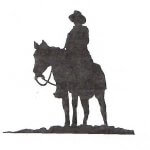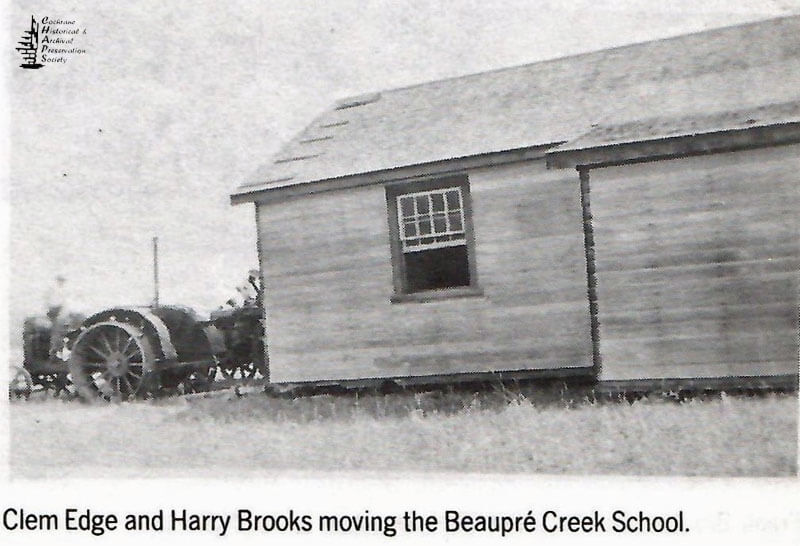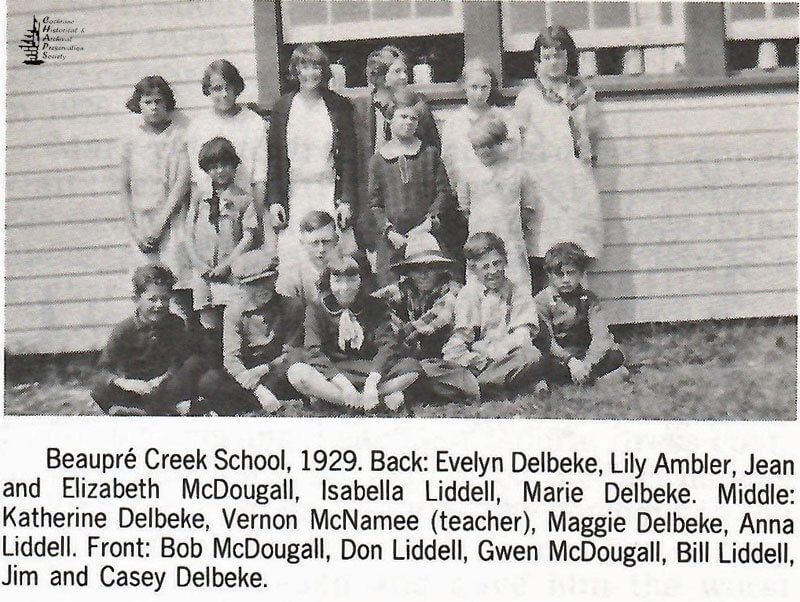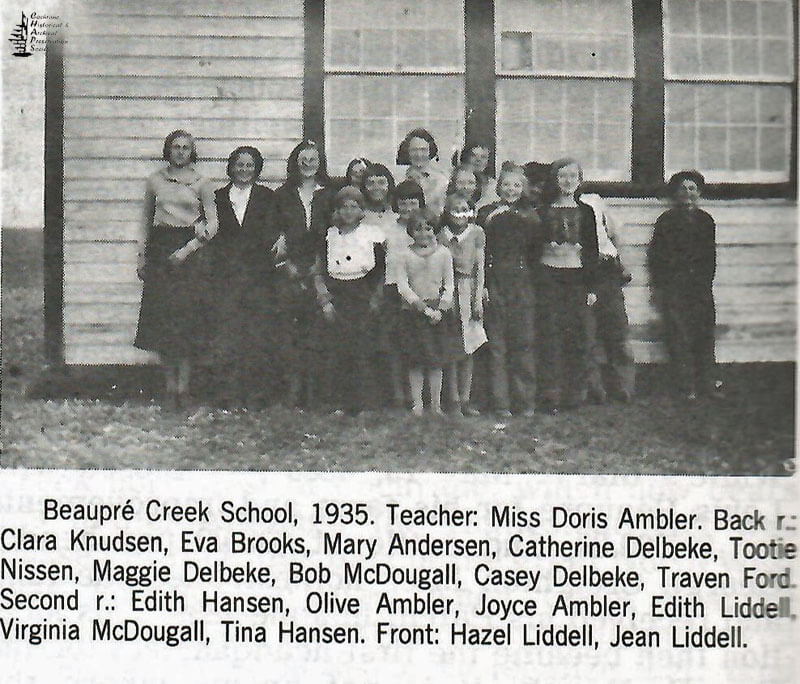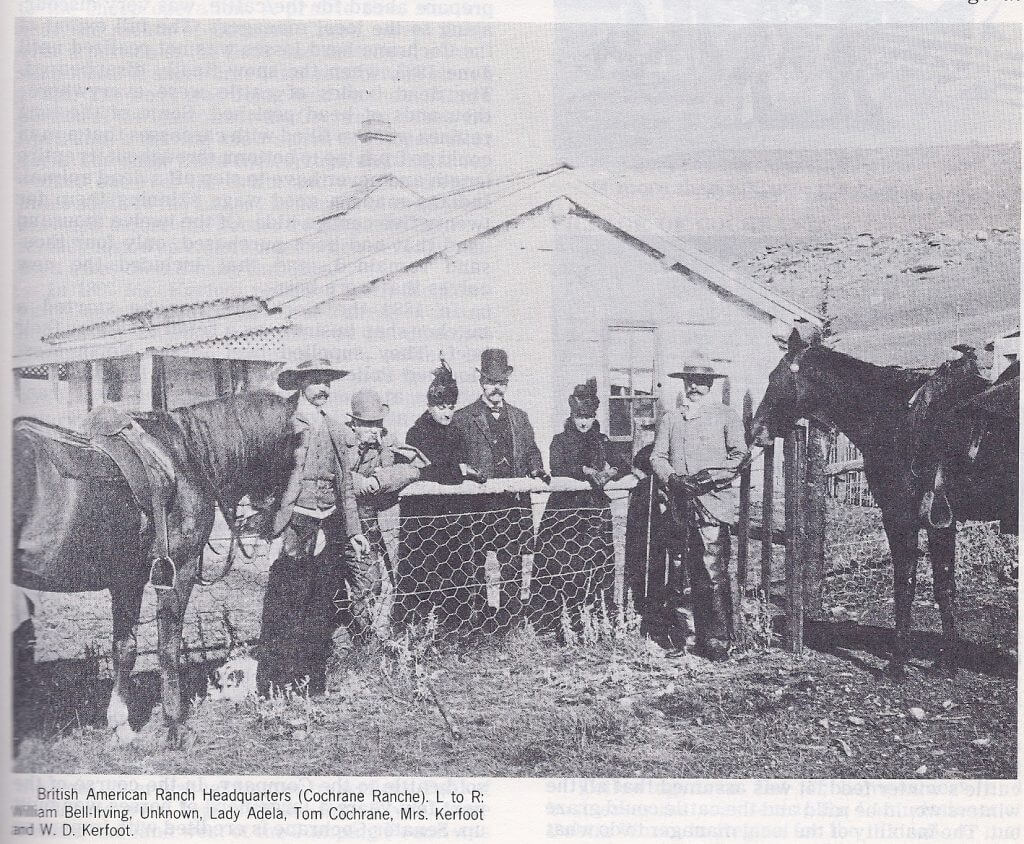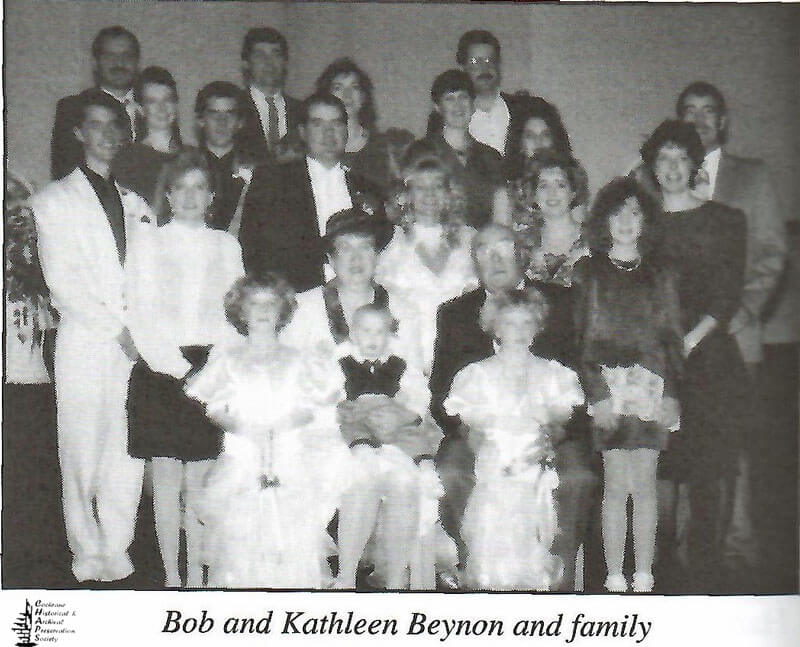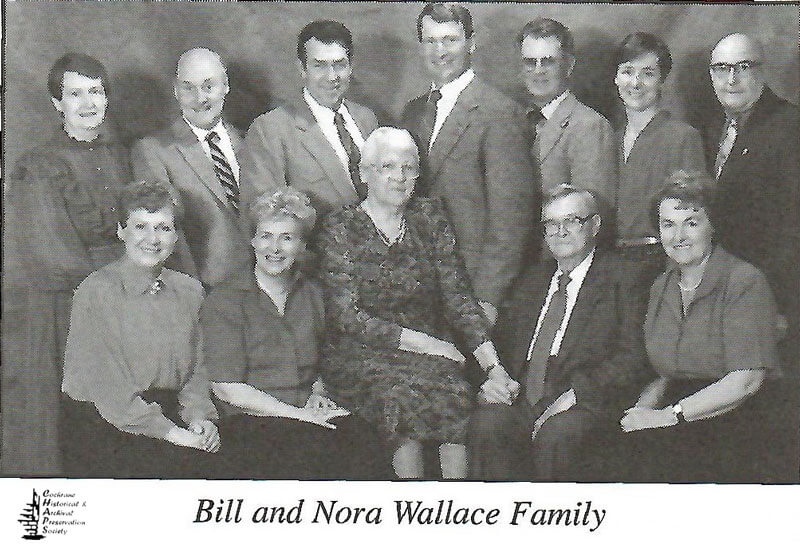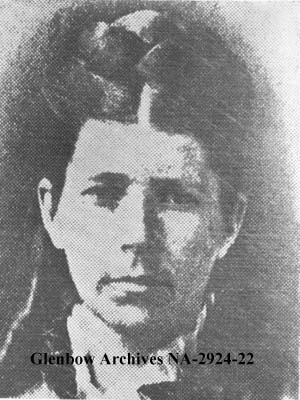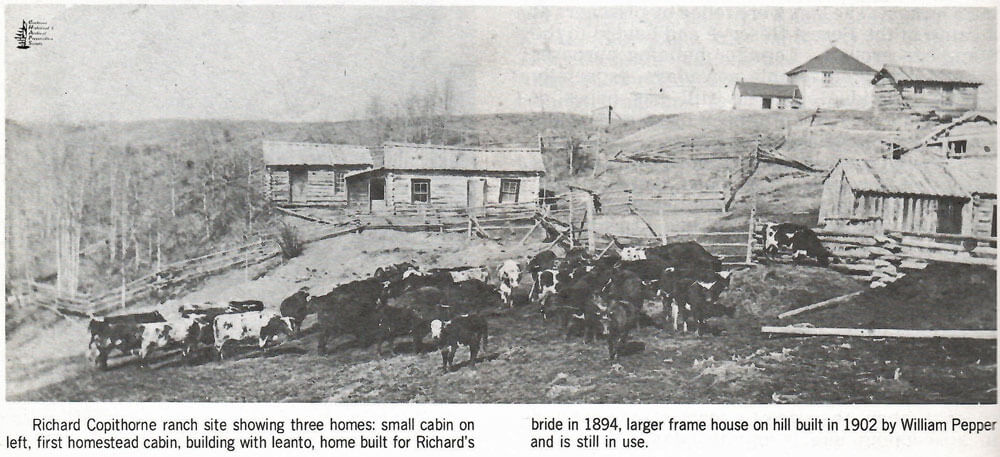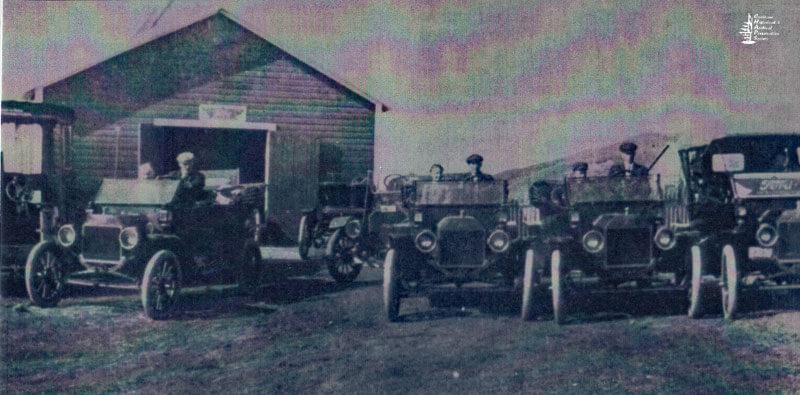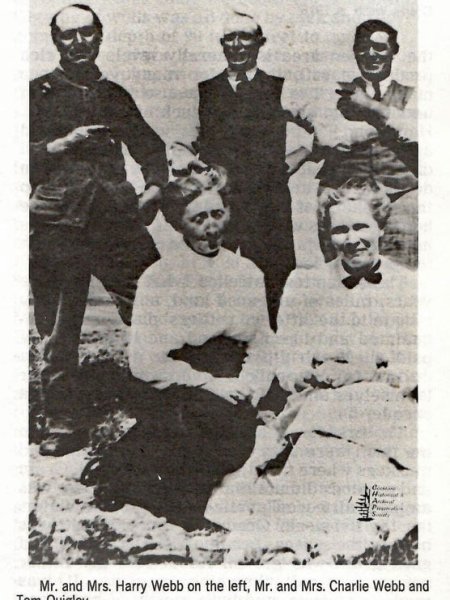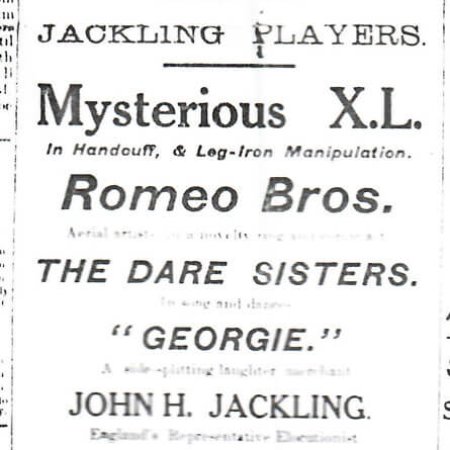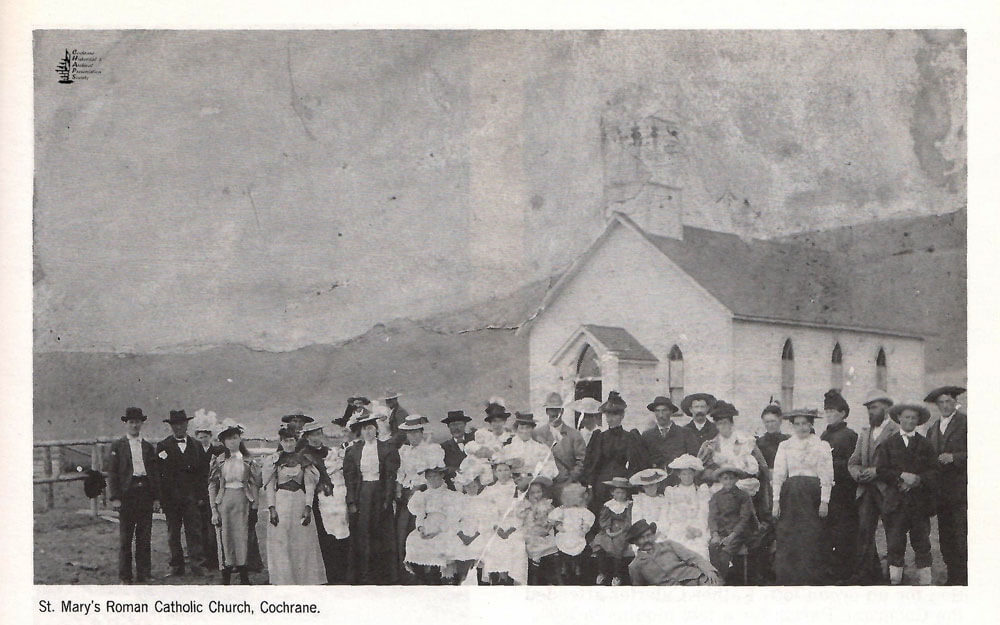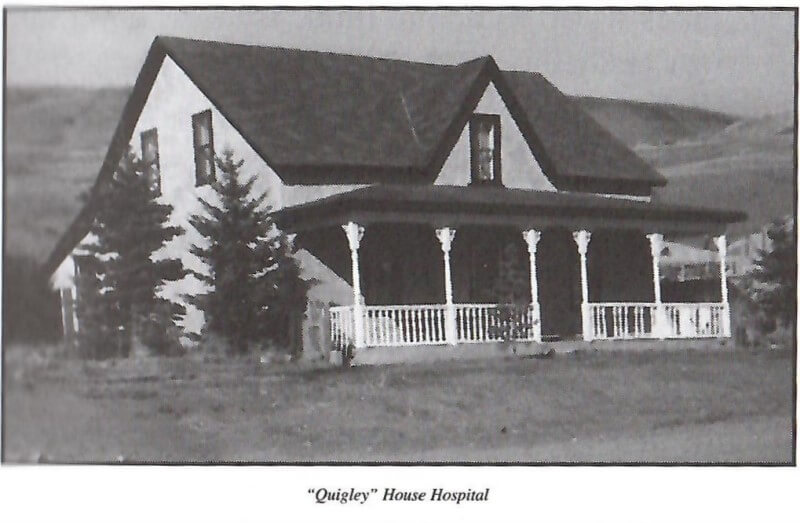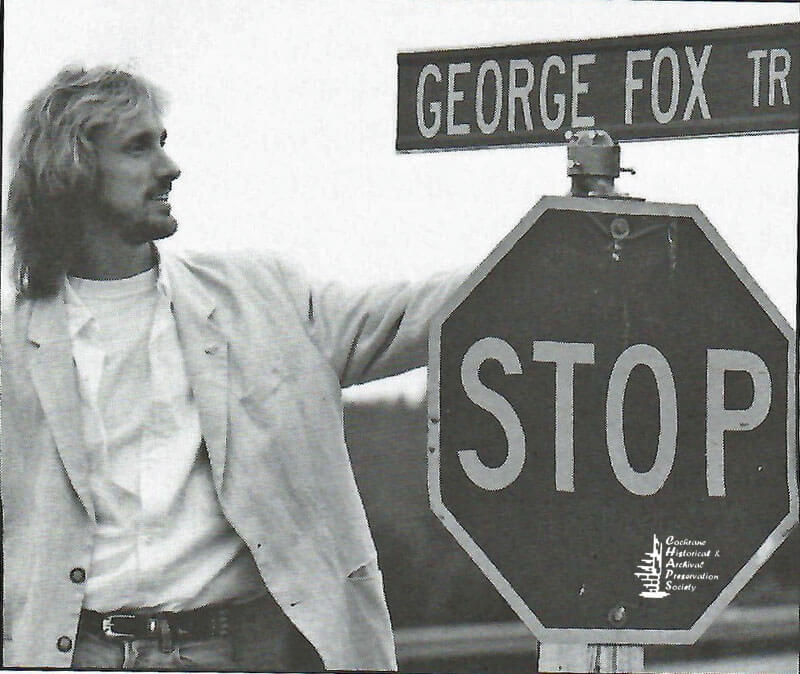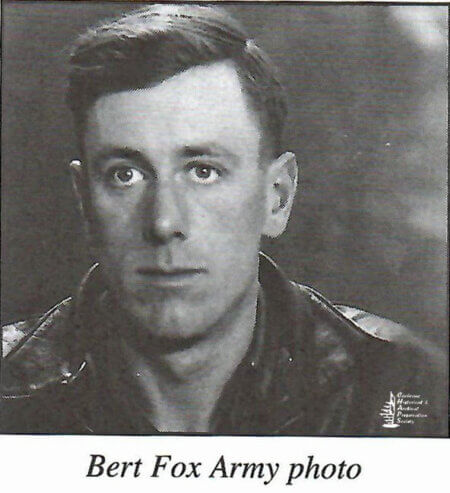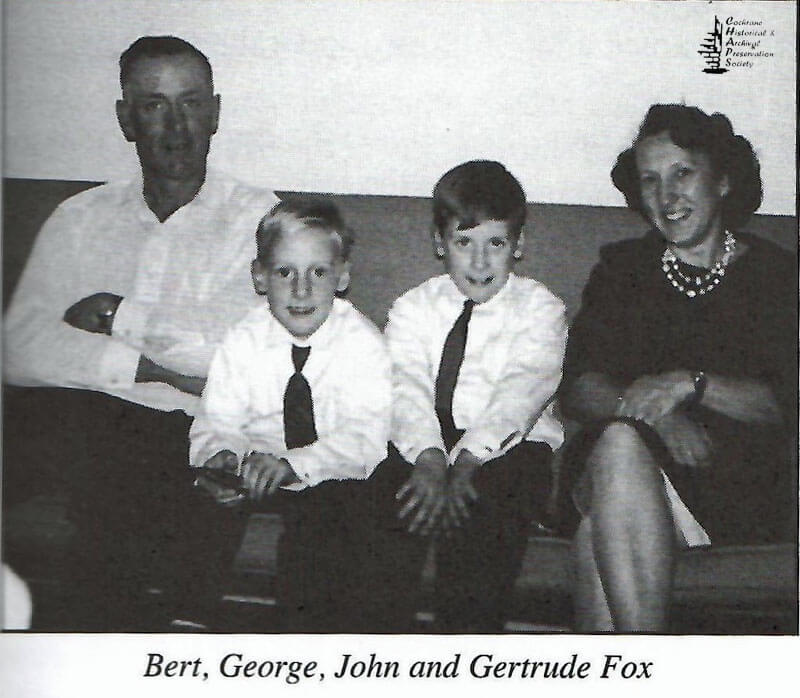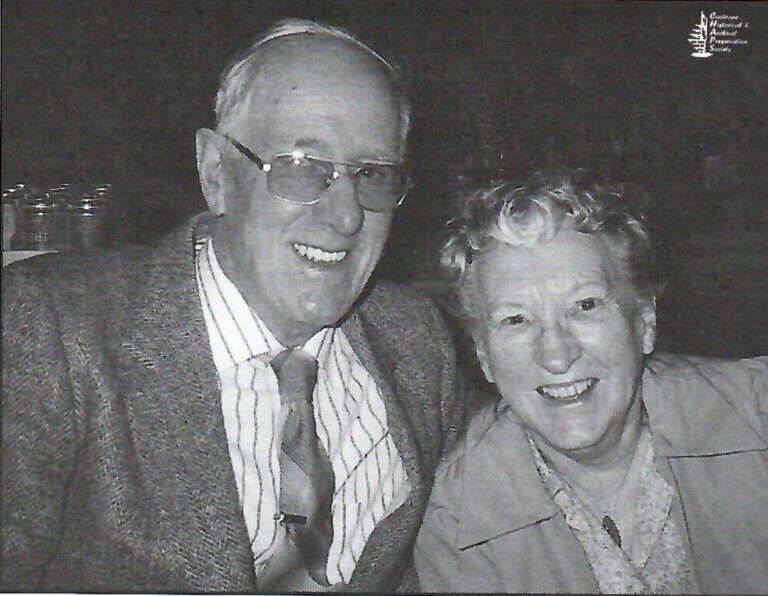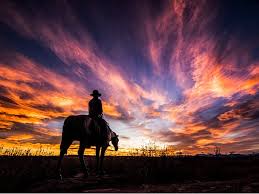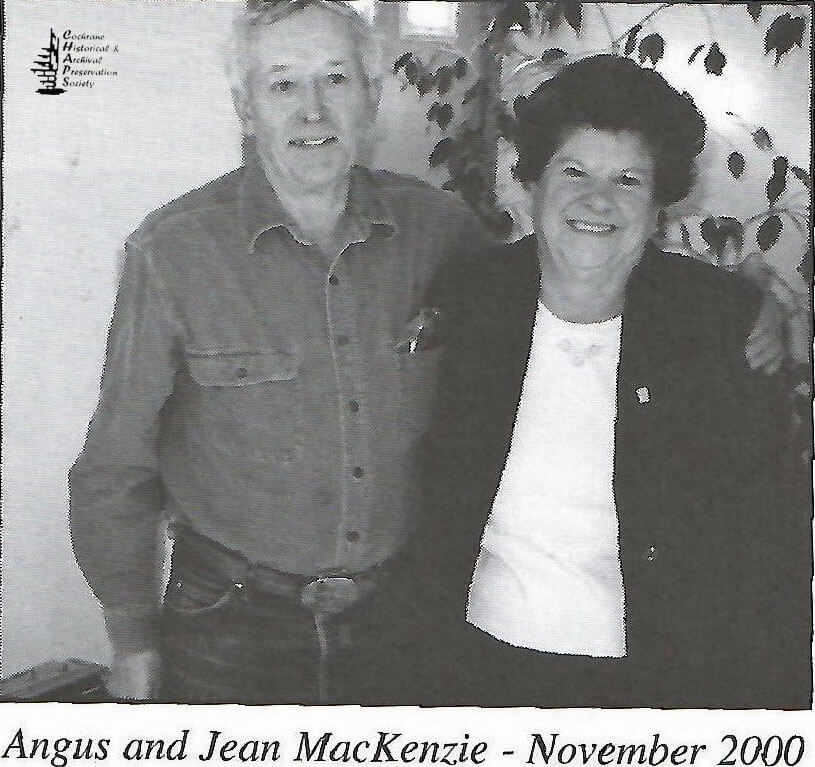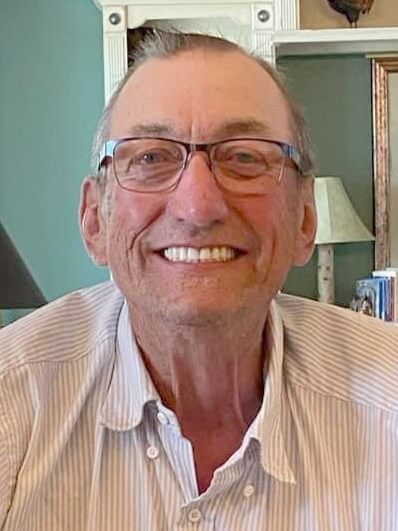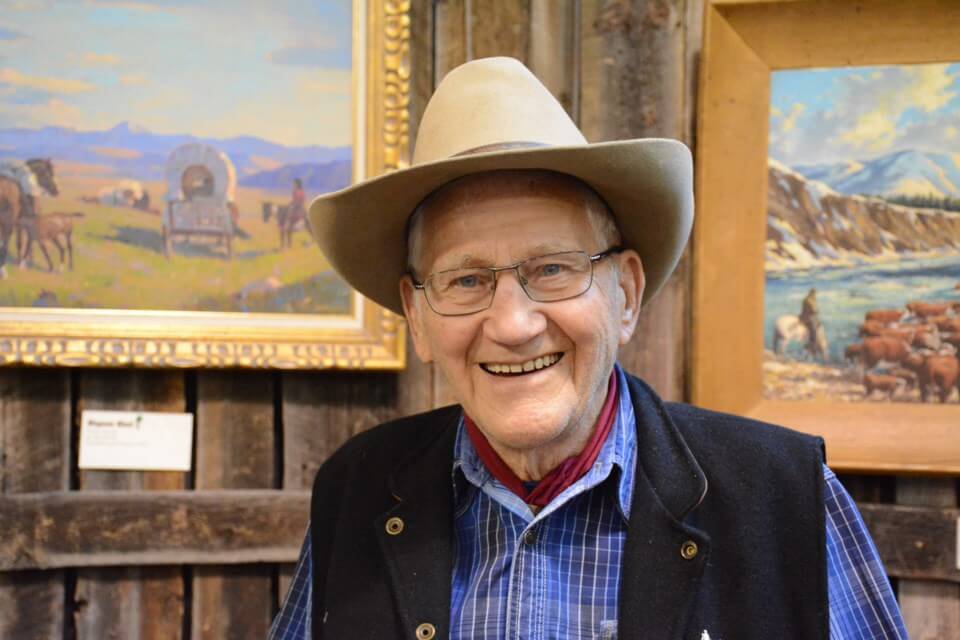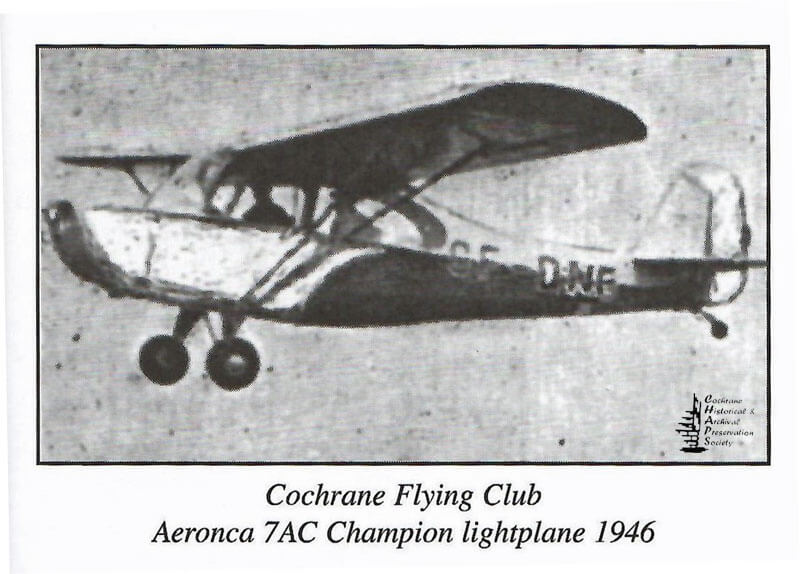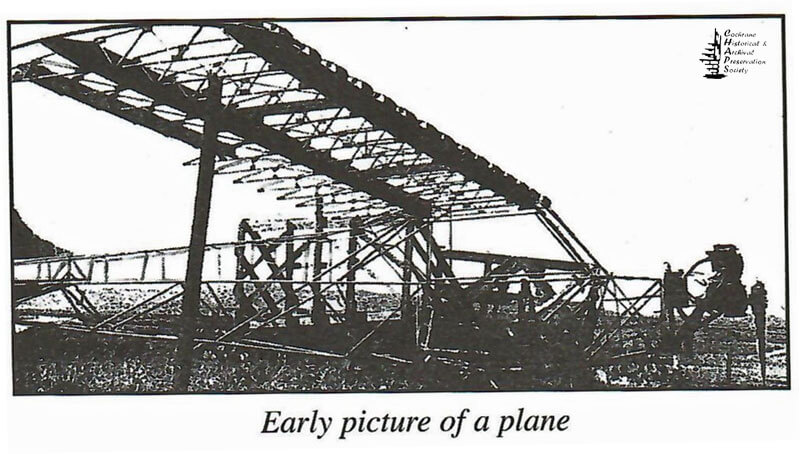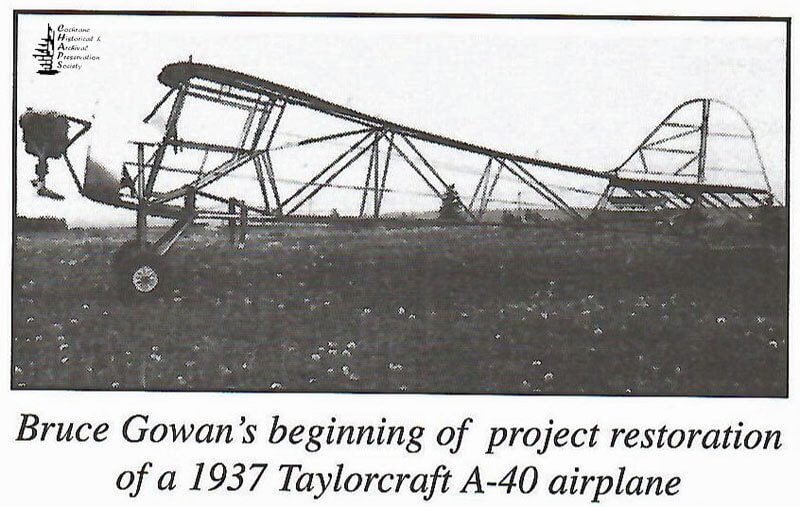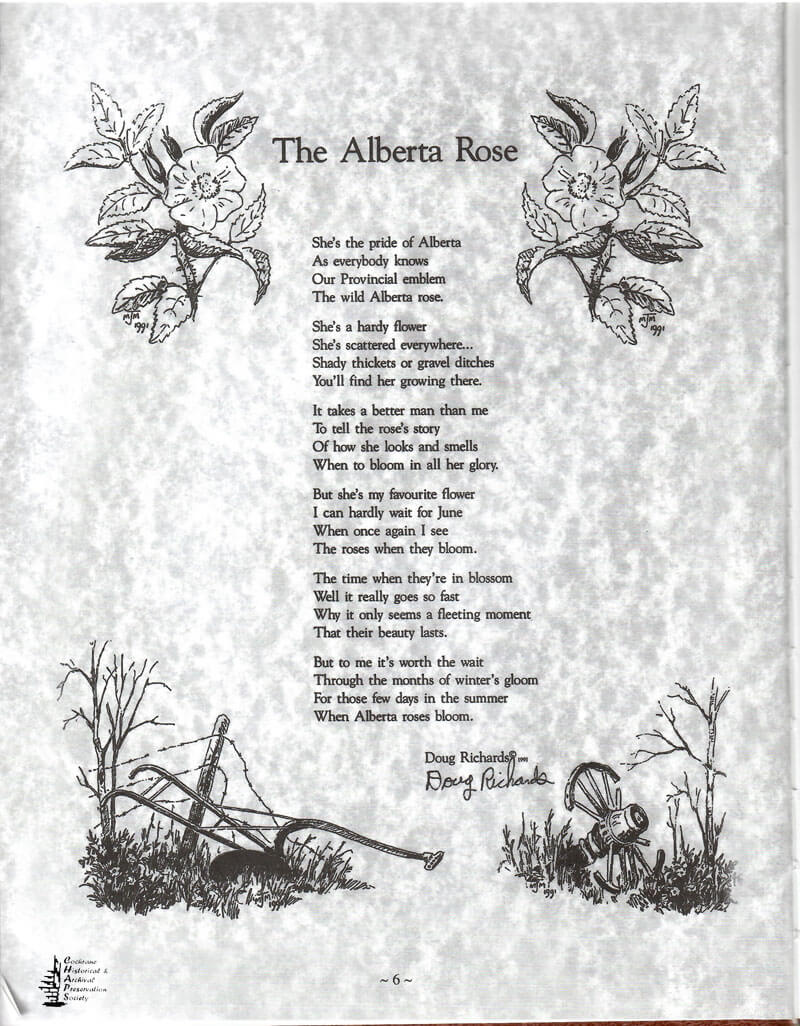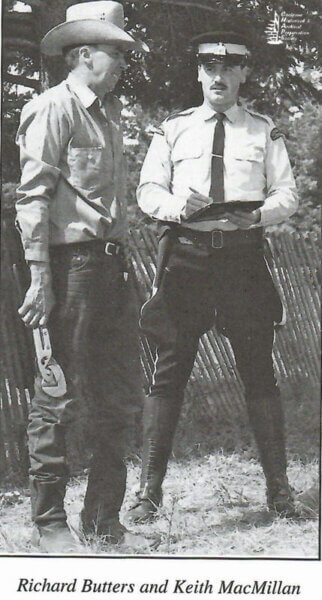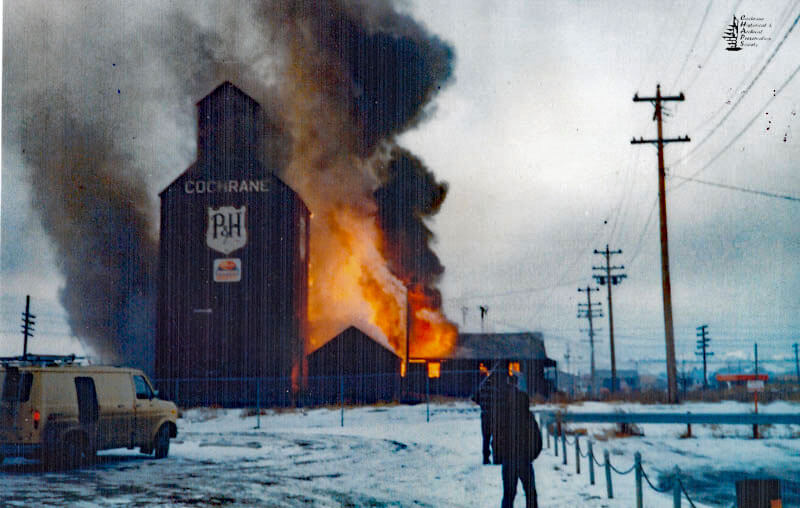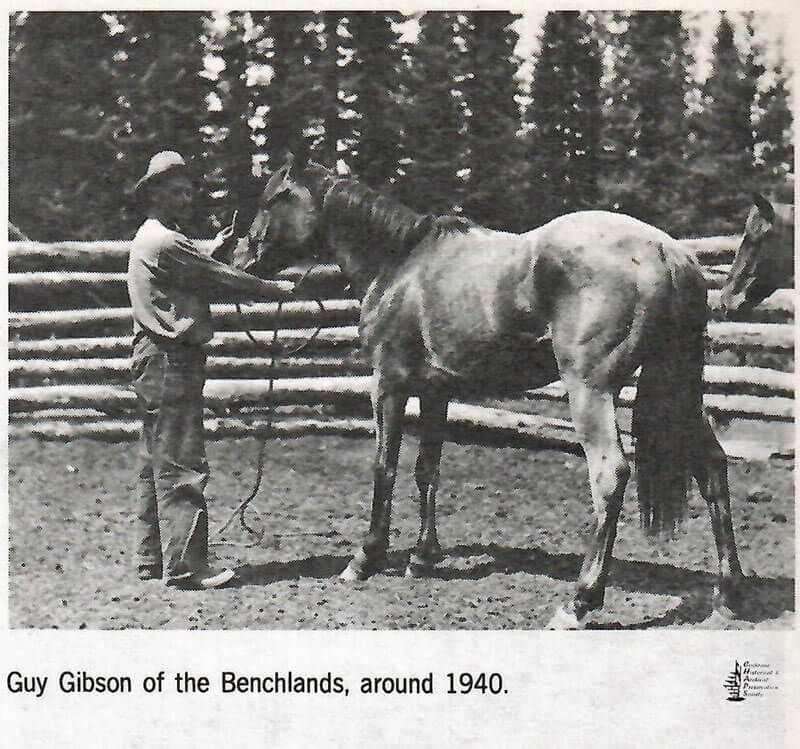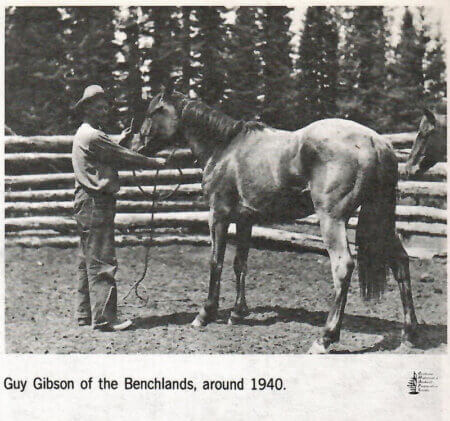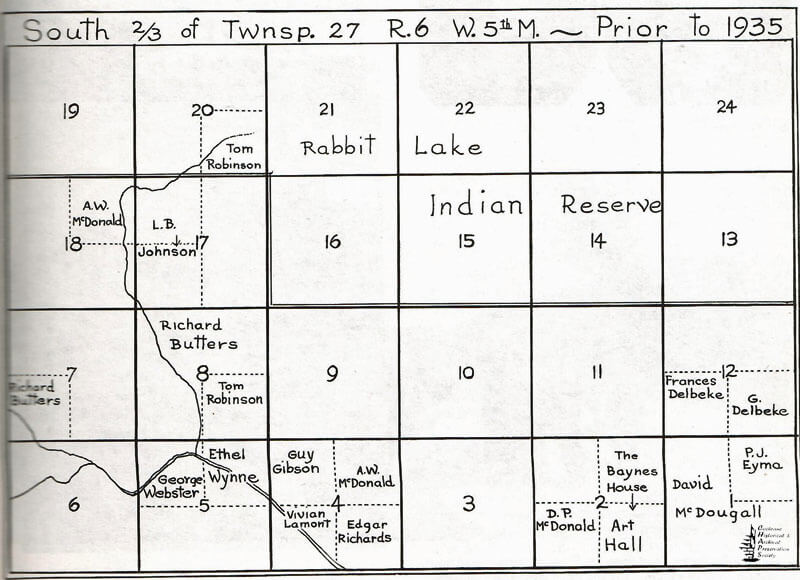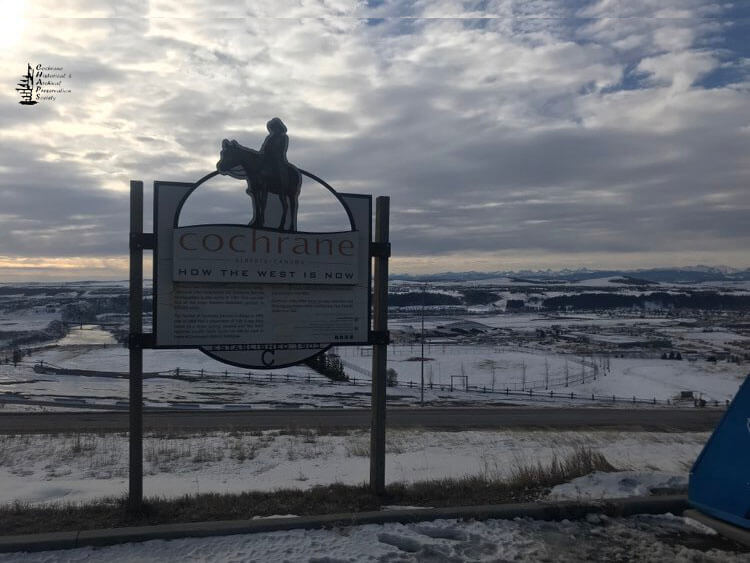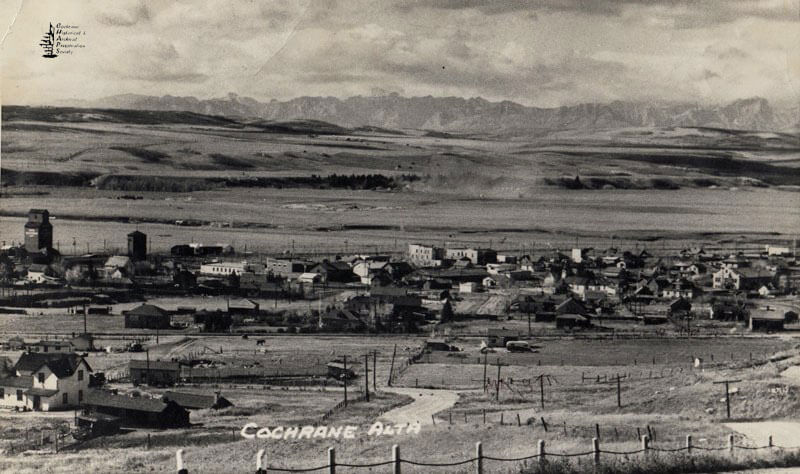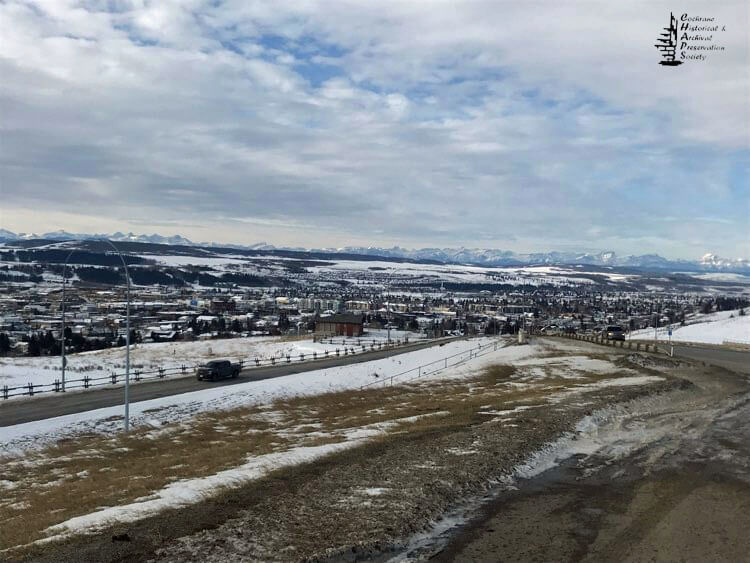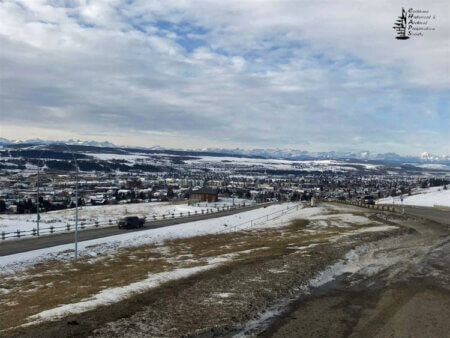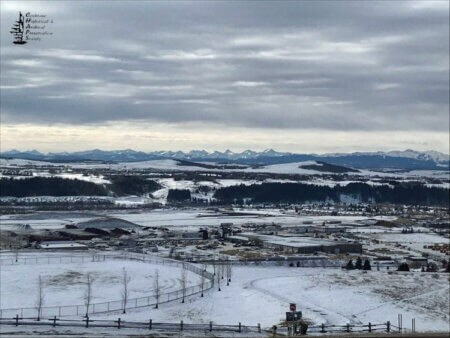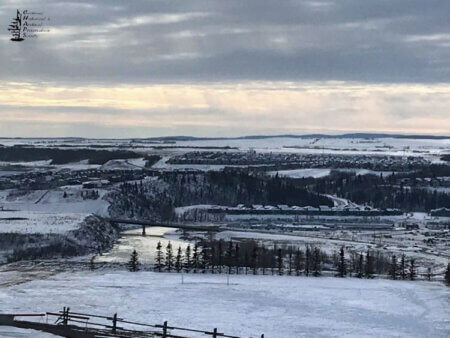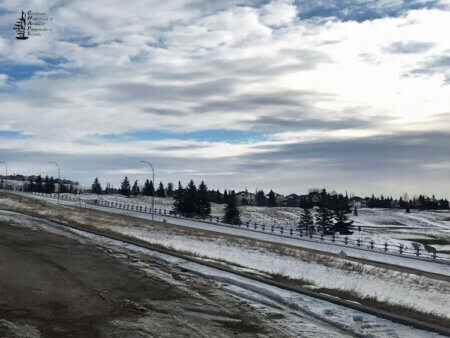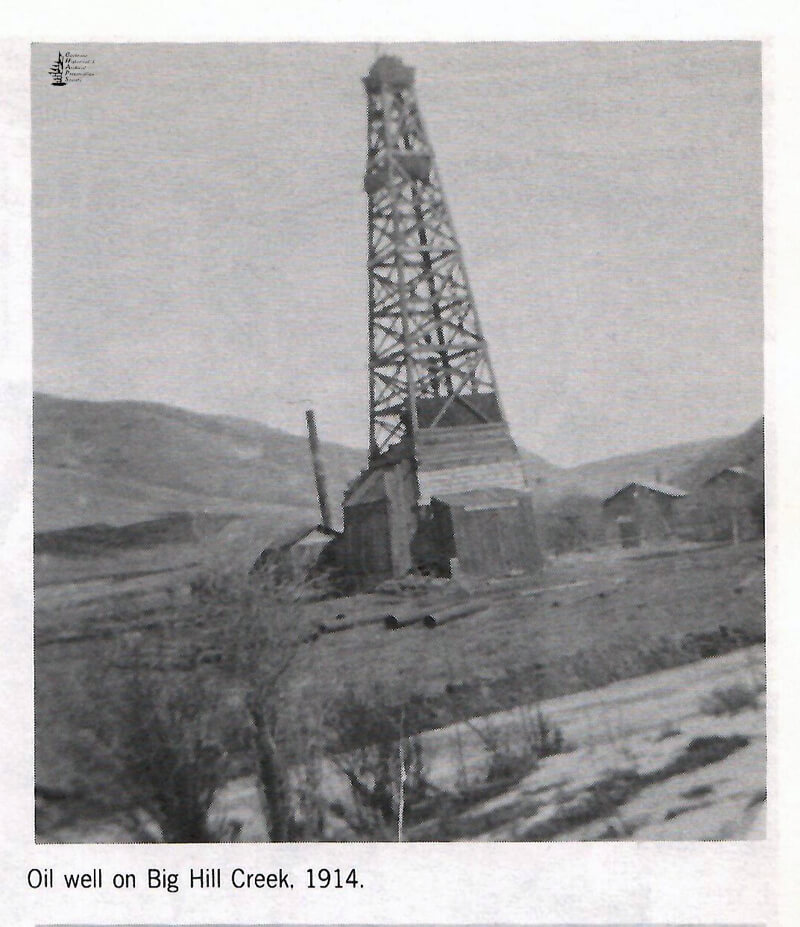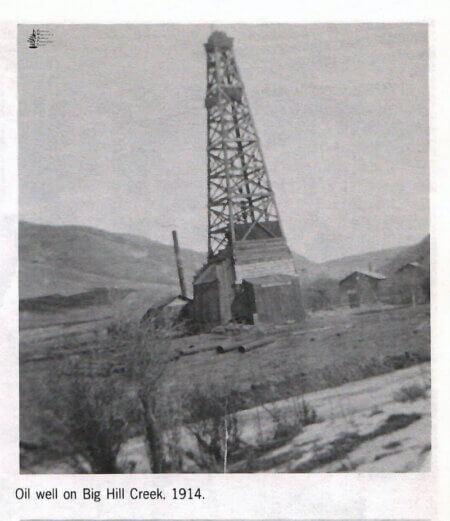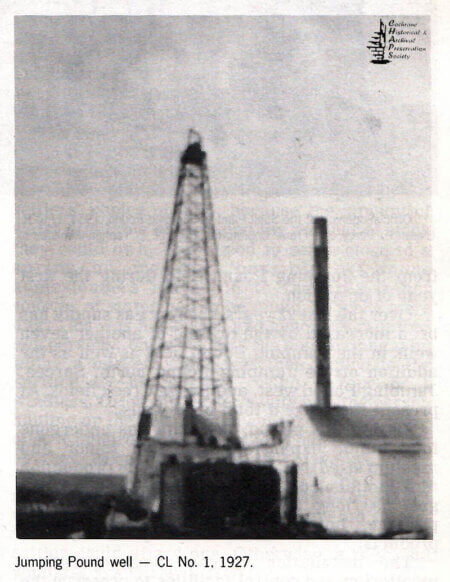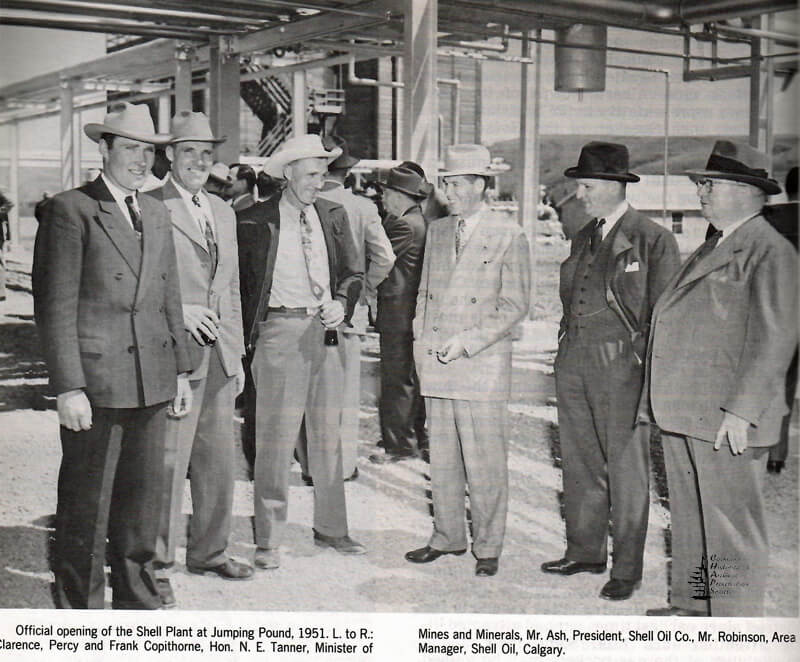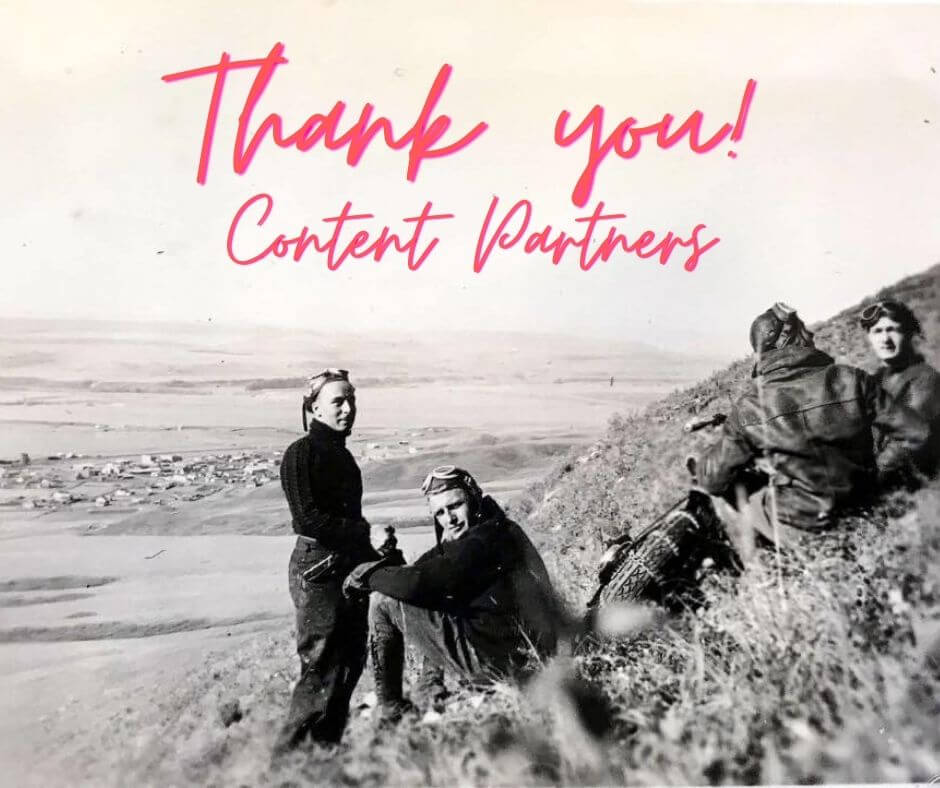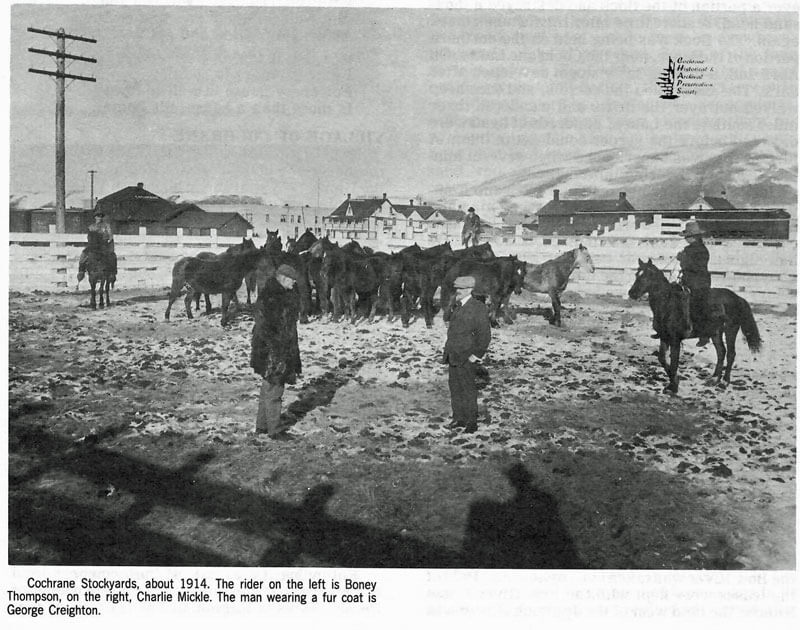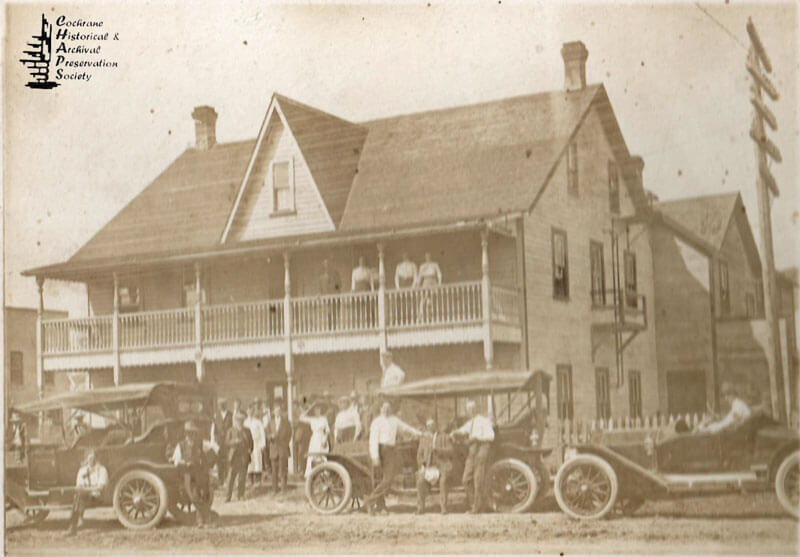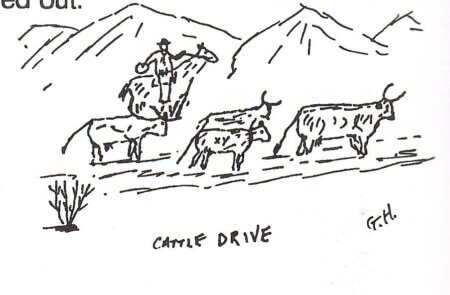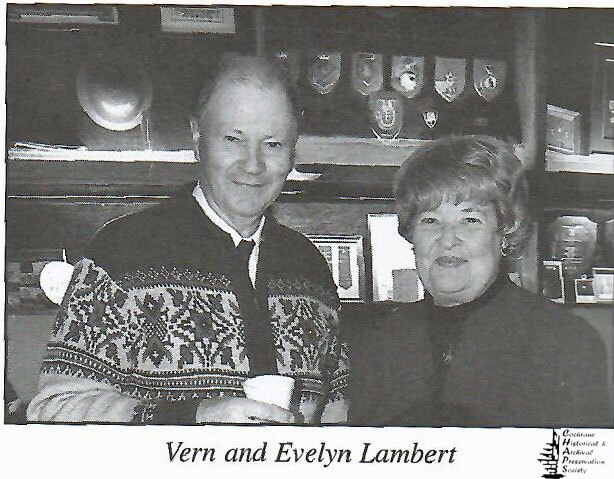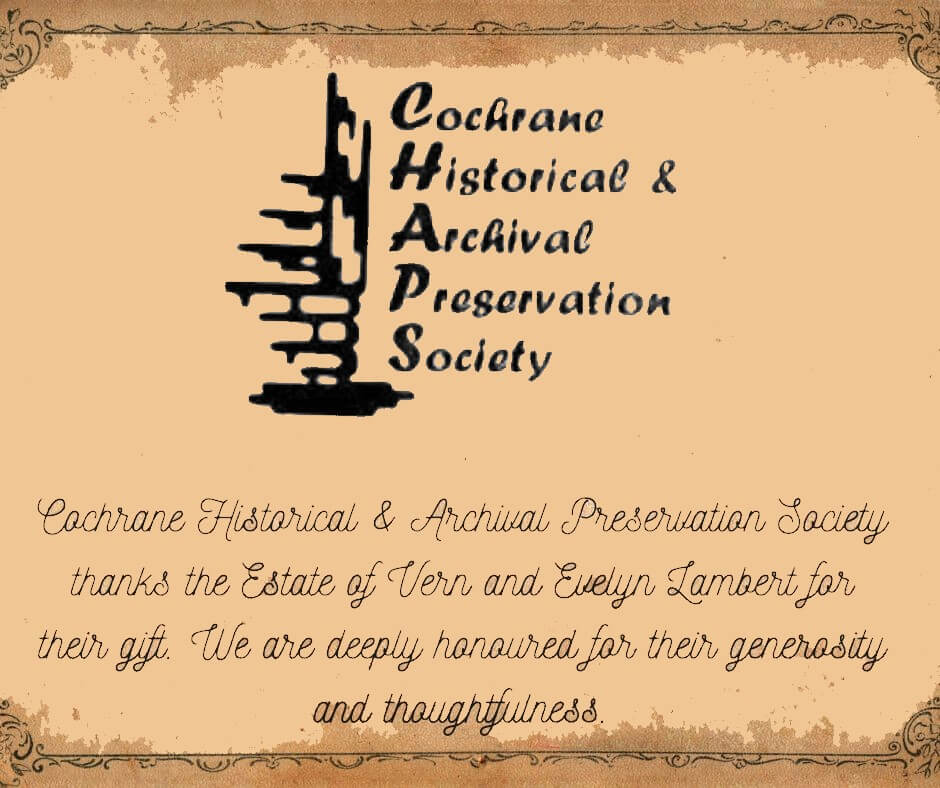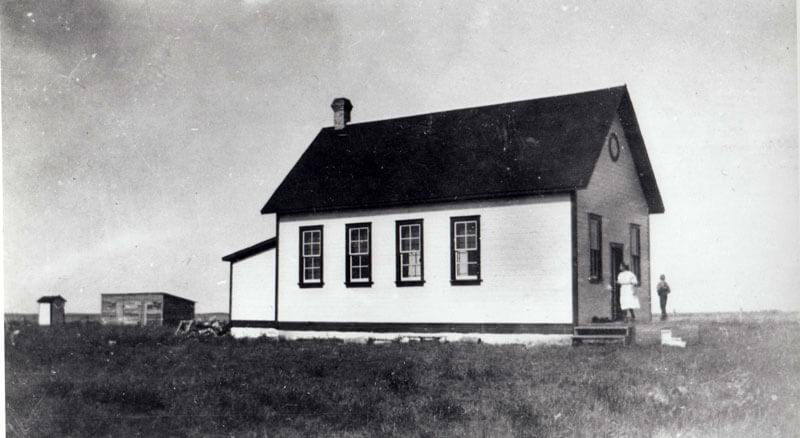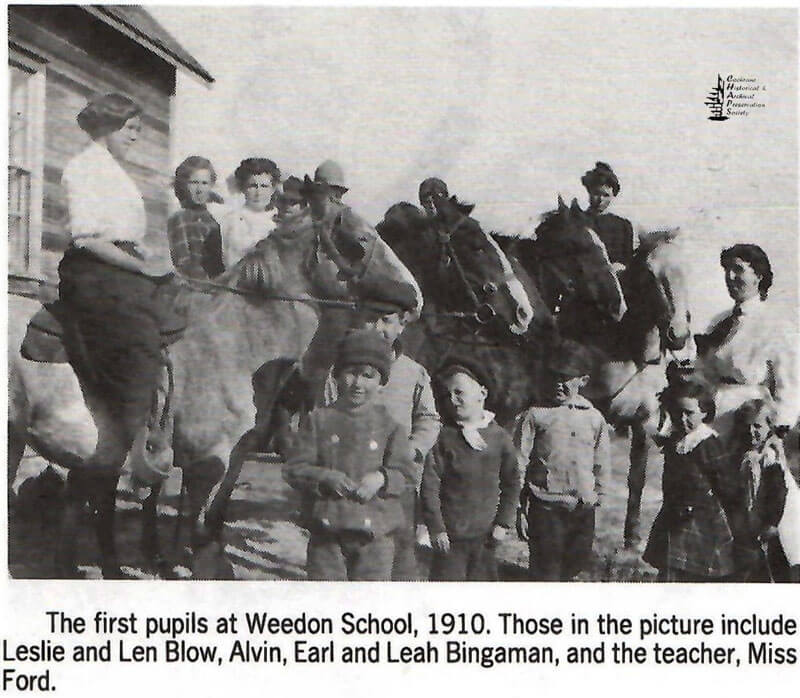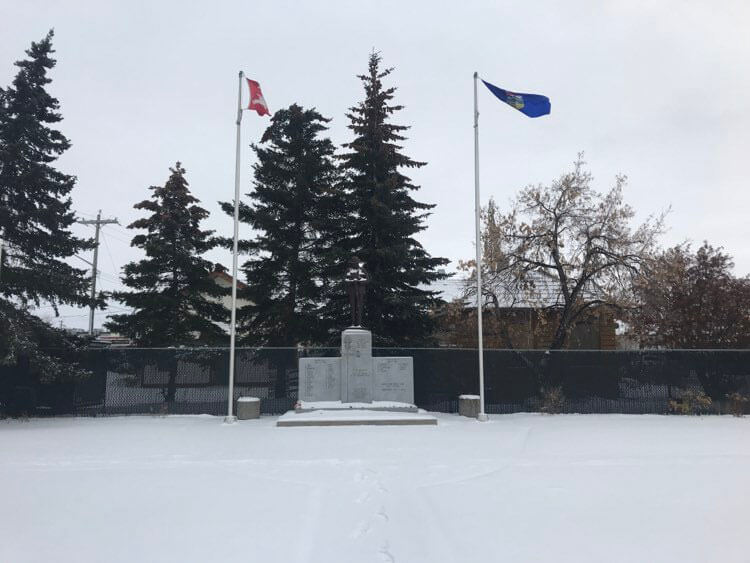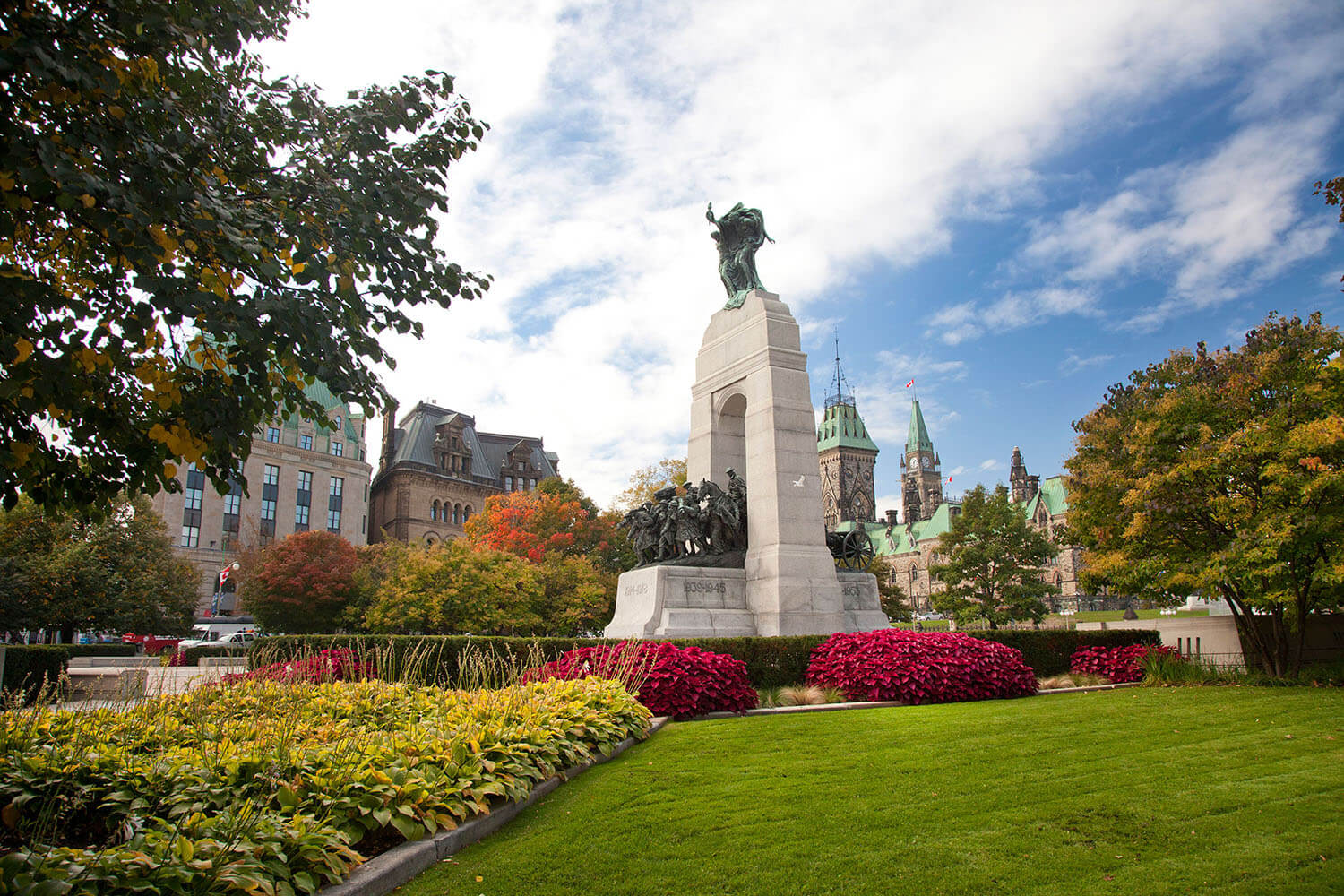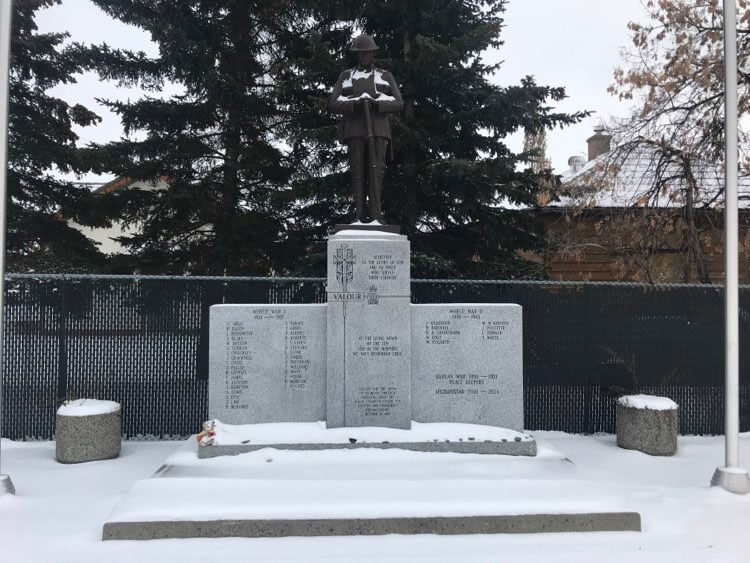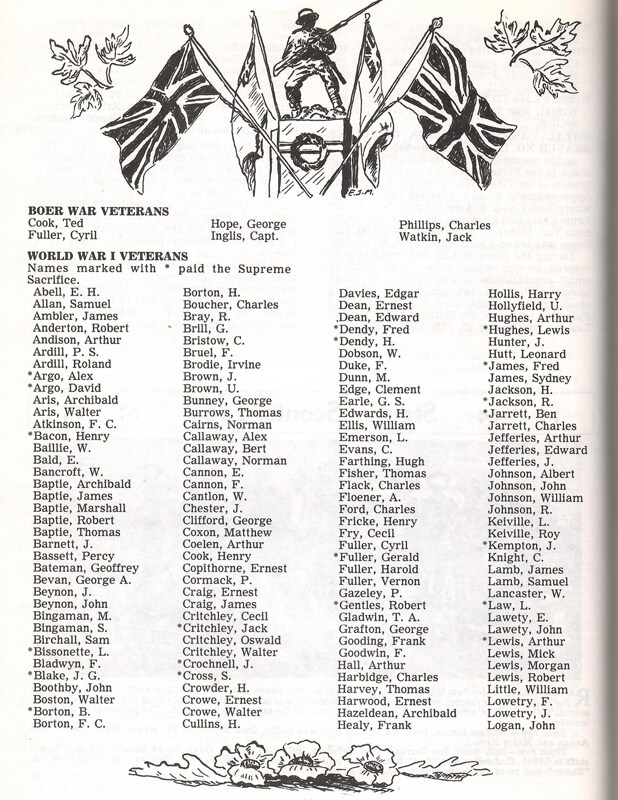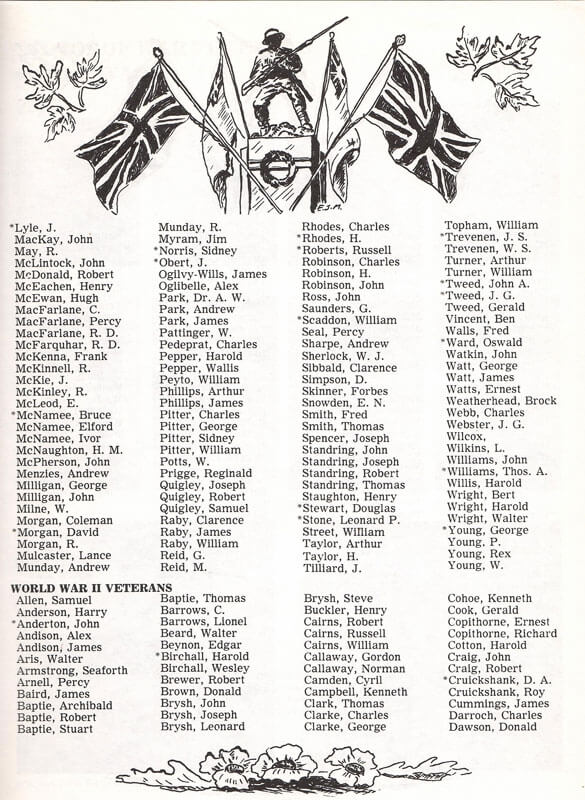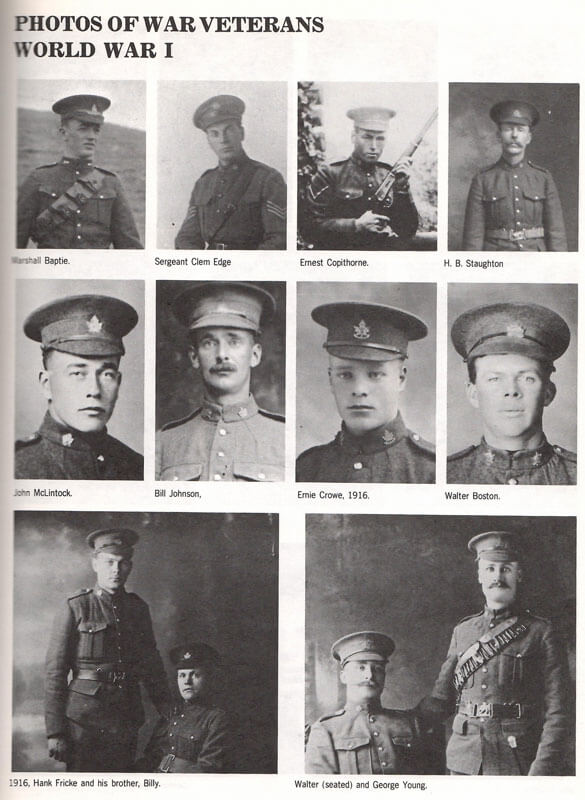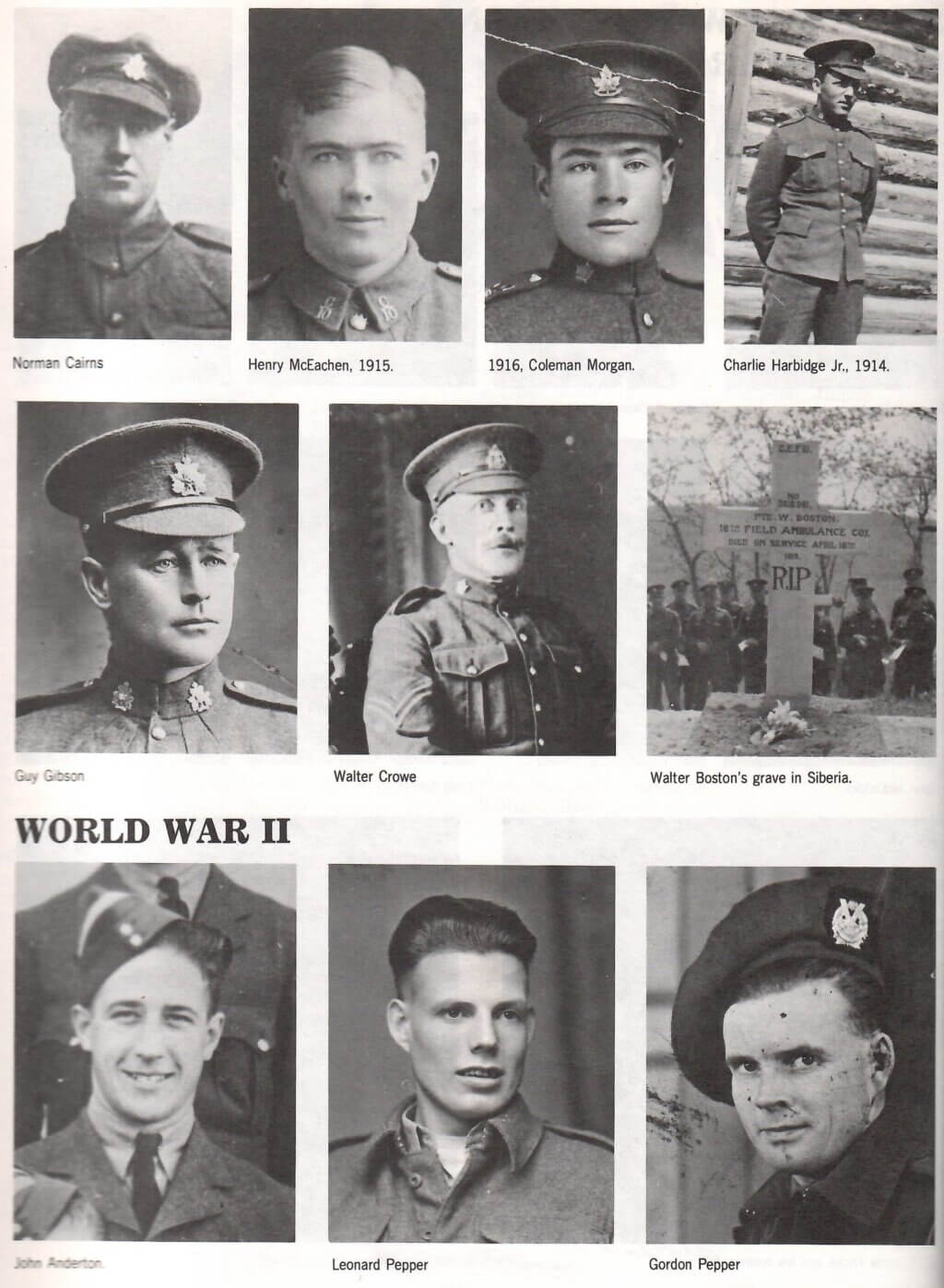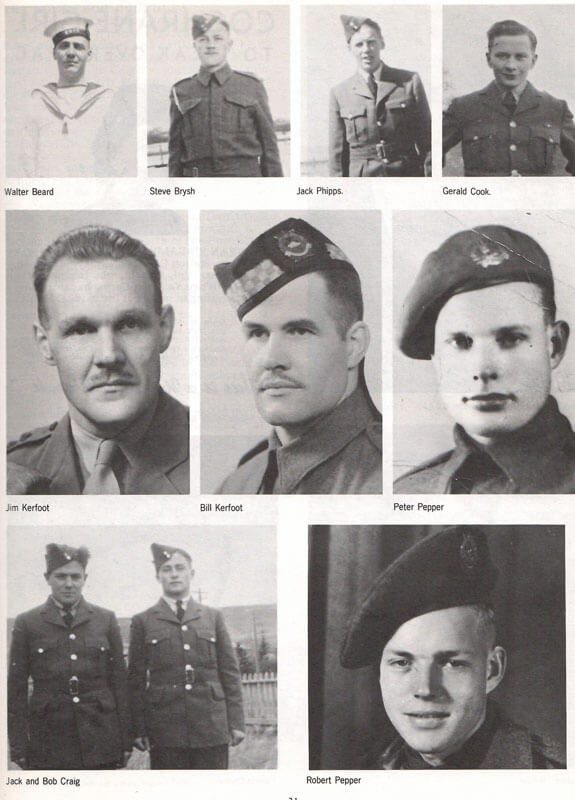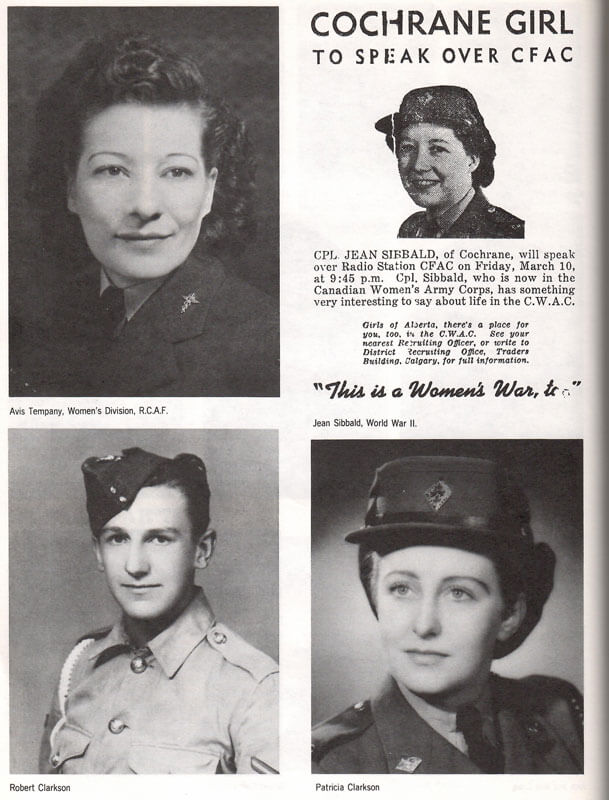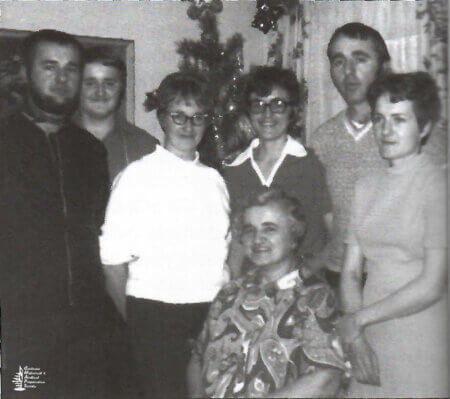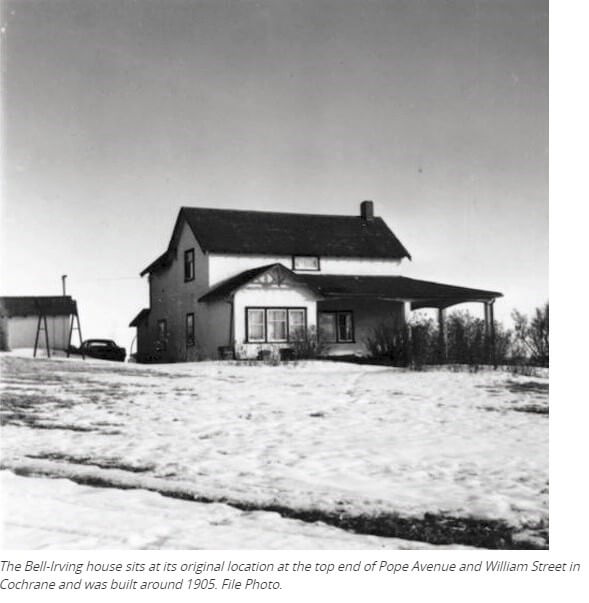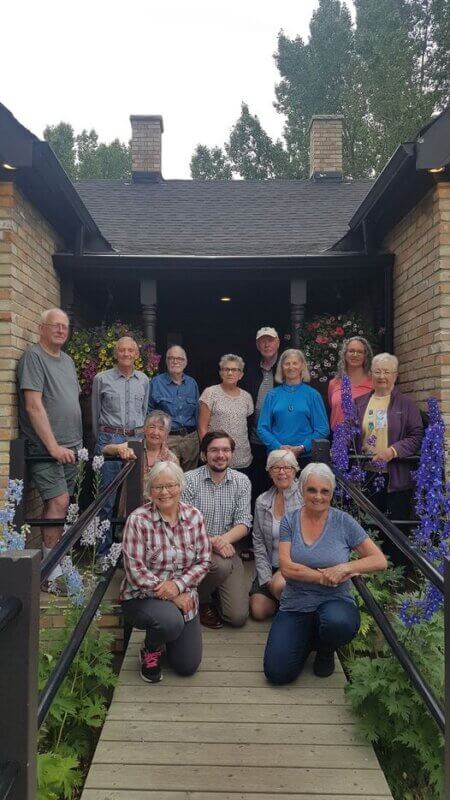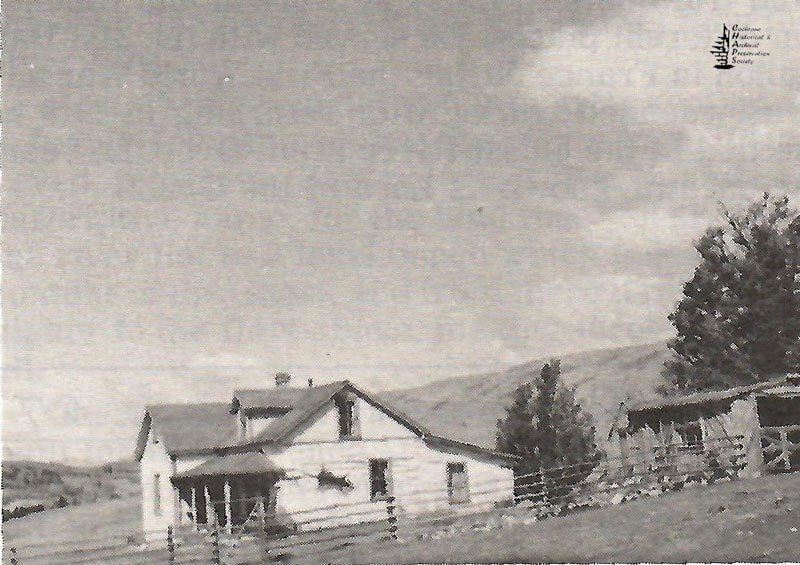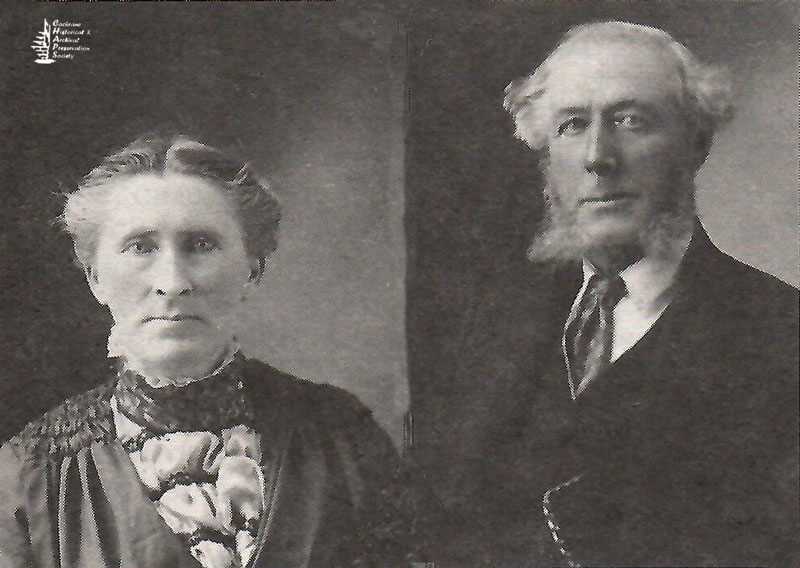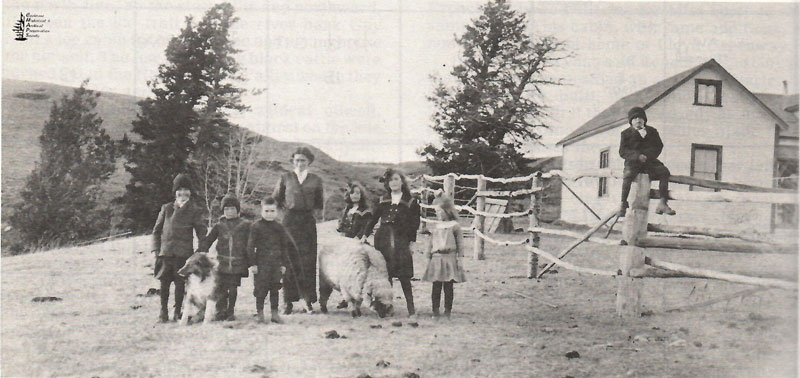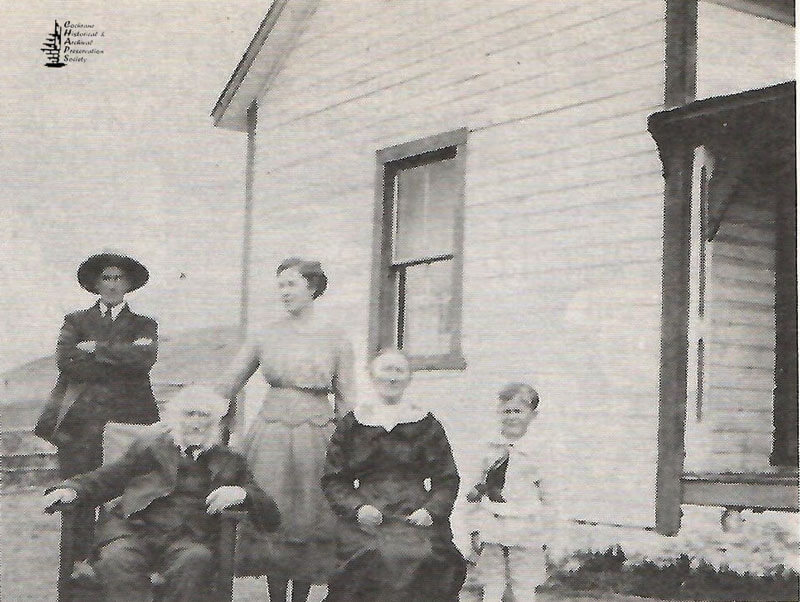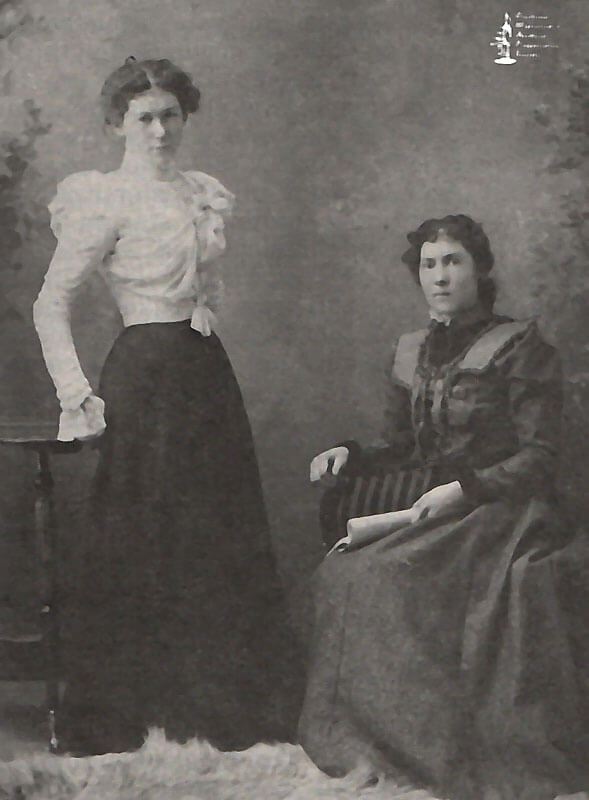by Dorothy M. Edge pg 292 Big Hill Country 1977
Before there was a school in the Beaupré district, children attended classes at the Grand Valley School. After that classes were held in the old Cooper house.
In 1923 Dave McDougall and Billy Liddell requested a new central school be built in the Beaupré district. Although the school was built of lumber, a report in Edmonton dated November 24, 1924, stated that the Board of Utilities Commissioner authorized the official trustee of the Beaupré district, F. G. Buchanan of Calgary, to borrow $800 to build and equip a log schoolhouse. The treasurer of the new school was to be Walter Aris of Cochrane.
The school was built on two acres of Crown land and was located on the west side of the Forestry road in the southeast corner of the SW14 29-26-5-5. The rest of Section 29 was under a grazing lease to the Mount Royal Ranch.
The school opened in September 1925 and was named after Beaupré Creek, which was named after an early settler, Louis Beaupré. The Beaupré Creek School No. 4182 was not officially formed until 1938. This small, one-roomed school had a cloakroom on the west side. Each desk had a drawer underneath the seating portion. The school was heated by a cast iron heater at the back of the room. On cold days the children would huddle around the heater, and often warmed cocoa on it. There was no well at the school so children had to bring their own water or drink from the bog – sometimes they went without!
At first, there was no stable at the school and the children’s ponies were tied to fence posts or in the trees, even in the cold weather. In 1929 Jack and Ted Poynter built a barn out of old boards.
The first teacher was Deborah Pashak from Calgary. She had attended the Sacred Heart Convent with Peggy Edge. Other early teachers were Miss Jean MacKenzie and Miss Reid. Miss Pond finished the term for Miss Reid.
The fourth teacher was Vernon McNamee of Cochrane, who commuted from Cochrane. He is now retired and lives in Armstrong, British Columbia.
Miss Erswell was the next teacher. She became ill and Miss Tillie Zuccolo taught during her absence.
The next year, S. F. Weller taught until Hallowe’en. He is now employed in the oil business and lives in Edmonton.
Miss Doris Ambler, a former student, was the next teacher. She taught over thirty students in classes from one to twelve. One day some of her students decided to play hooky and rode to the top of Irwin Hill where they proceeded to eat their lunch. Chappy Clarkson saw them and sent them back to school.
Starting in the fall of 1935 Jessie Dobson from Exshaw taught for four years. She was an excellent artist and one Christmas she gave each student’s mother a watercolor painting. Miss Dobson now lives in Ontario.
The 1939 and 1940 terms were taught by Doris Camden of Cochrane. She wanted a piano for the school so Clem Edge bought Maud King’s old piano for $75.00, and Harry Coleman and Fred Gaskell hauled it from Harold Callaway’s in one of the Calgary Power trucks. Doris held dances at the school until she could pay Clem for the piano.
The school, like most one-room schools, had little protection from the east winds so it was decided to move it one-half mile east, on the opposite side of the Forestry road, to the southeast corner of the SE14 29-26-5-5, near a grove of trees.
In 1941, when Clem Edge was trustee, he, Harry Brooks and Archie Kerfoot with the help of others, moved the school with their tractors. This was no easy task. The school was pulled off the foundation and moved on log rollers. At one point a front wheel was broken off a tractor. Once the school was in place, Jack Stevenson was hired to repair the school and build a teacherage.
The first teacher to teach at the new location was Hazelfern Larsen, who lived in a Department of Highways bunk car until the teacherage was finished. When it was too cold in the school, lessons were taught in the bunk car.
In the early 1940s Church services were held in the school by Mrs. Estelle Poynter who brought student missionaries from the Calgary Prophetic Bible Institute to conduct the services. Hymns were sung to guitar accompaniment. Later, services were held by Lucy Kerfoot.
Joyce Evans from Rosebud taught the 1943 and 1944 terms. Joyce started a school paper, the “Beaupré Bugle.’
Mrs. Ruth Coleman taught the 1945-46 term. She and her husband Lloyd lived on the ranch owned by Lloyd’s father, Bill Coleman. This ranch is now owned by Ken Paget.
Miss Wilson taught from September 1946, to Christmas 1947, and LaVerne Green finished the term.
Marion Wallace, from Brushy Ridge, taught the next two terms. She boarded at Clem Edge’s and rode horseback to school. She married Ken Jensen and they live at Carstairs, Alberta.
In December 1950, the Morley School District No. 172 was added to the Beaupré district, but in 1954 they were again separated.
Irene Medding taught for three years. She also boarded at Edge’s. Everyone looked forward to attending her Christmas concerts because they were so well presented.
Mrs. Ann Robertson, from the Ghost Dam, taught from September 1952, to April 1953, then Martha Krasowski finished the term.
Mrs. Fern Smith taught the next terms. While she was teaching, the Home and School Associa- tion was formed with Harry Coleman, president, and Amy Begg, secretary.
Doreen Stead taught the 1955-56 term and lived in the teacherage. Doreen liked riding and
kept her saddle horse in the schoolyard. She and Vivienne Ullery did a lot of pleasure riding on weekends. One of their favourite places to ride was to the “Lone Tree Lake” located on Jim Ker- foot’s property east of Bud Ullery’s.
Fred O’Brien from Calgary taught for a few years. He taught the pupils how to mold objects from clay. The kiln was the cookstove oven in the teacherage. Every Friday afternoon he made use of a radio program to teach music lessons. When Mr. O’Brien was ill, Sunni Turner, from Lochend, was the substitute teacher.
Over the years the open-air arena, Beaupré Lake, (locally known as Jew’s lake sic) served as the skating rink. It was Ed Pears’ job to clear the snow off the ice. Many 4-H hockey games were played here. Baseball and softball were the main summer activities.
In 1958 the Dry Creek School was purchased and moved in from Balzac by York Shaw Building Movers. Part of the roof was moved separately. The old Beaupré Creek School then became the teacherage, and the existing teacherage was bought by Don Edge. Frank Edge used it for a bunkhouse at his place at Bottrel.
The new school was only used for four years. In 1962 the school was closed as there were only seven students attending: Rick Coleman, Bobby Brooks, Linda Poynter, Isabelle Robertson, David, and Marsha McGillis, and Clay Eyma. The teachers during the last four years were: Fred O’Brien; Mrs. Minnion; and Mrs. Ruddy, who was from Crossfield. The school trustees over the years were Pierre Eyma, Jack Poynter and Frank Wills.
Henri Anderson drove the children from the Ghost Dam to classes at Beaupré Creek for several years and later Harry Coleman drove them. Harry said, “I drove the Dam kids to school in the Dam truck every damn day for twenty-one years.” Harry was master of ceremonies at the Christmas concerts for just as many years.
After the school closed Pierre Eyma negotiated to purchase the school and property to establish a community centre. However, upon making inquiries he found that the school, which had been moved twenty-one years hence, had, due to an oversight, been moved without the actual transfer of the land title taking place, and, to make a long story short, a land swap took place. The buildings and contents were purchased for $650.00 and the clear title was turned over to the newly-formed Beaupré Community Association in 1964. Petrofina Canada Ltd. donated the posts and wire to fence the new area, comprising 2.72 acres.
The teacherage had been rented as a dwelling during the two-year interim and it was joined onto the hall to serve as the kitchen. Martin Aarsby moved the teacherage to the hall. Vern Lambert did the carpenter work. Mr. Zell did the electrical work. Johnny Powell did the necessary excavating. More renovations were made in 1975 when Charlie McDonald, Eric Hansen, and others in the neighborhood constructed a new addition on the west side of the hall. During the renovations, Charlie found the old school bell in the attic. This old bell is rung at social functions to get everyone’s attention when any announcements need to be made.
The old Beaupré Creek School has proven to be a great asset as a community hall and is very much appreciated and enjoyed by all.
